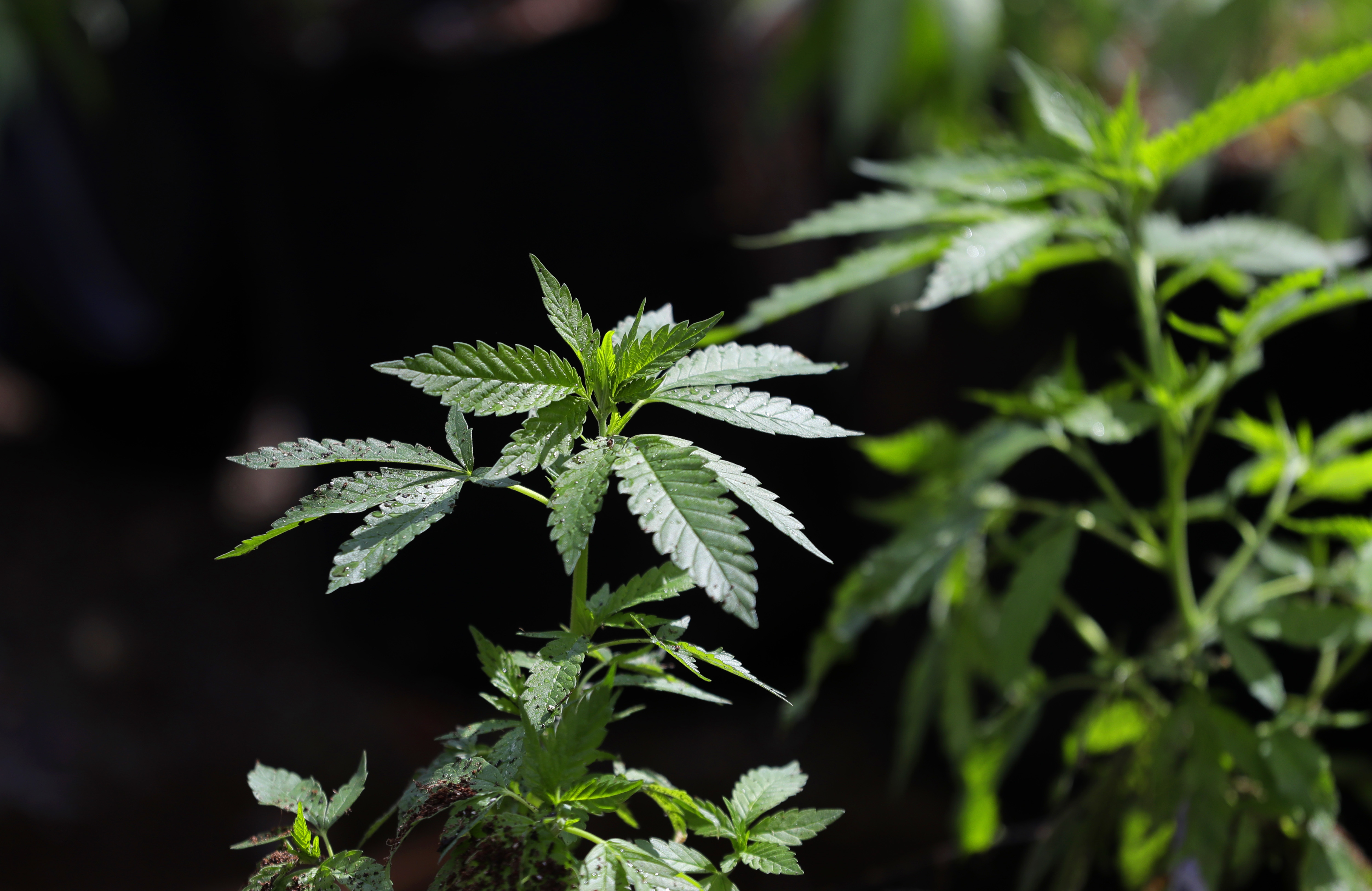If you live in an area where mask mandates have been dropped and attitudes about COVID are more lax than in, say, New York or Washington, D.C., it might feel like people are behaving like COVID is over. But it's not.
While there’s a growing body of evidence that the Omicron variant causes milder illness, especially for vaccinated people, it still leaves a lot of folks sick, potentially even for weeks, months or longer if they happen to get long COVID from their infection.
And because it’s so transmissible, death counts aren’t falling and hospitalizations are rising.
Even milder illness takes its toll in one of the most important and contentious environments in the pandemic era: schools. Especially in states that have loosened up restrictions and resisted vaccine mandates, staff shortages are hitting hard as case counts continue to rise.
In Orange County, Florida — home to Orlando — earlier this month school district leaders put a mask mandate back in place and excused absence after absence reported by staff.
The numbers were especially high for bus drivers. The county has 650 bus drivers and on the first day back from the holiday break, only 95 came to work.
In towns around Austin, Texas, school districts are canceling or shortening school bus routes and have asked parents to step in to drive buses and substitute teach.
In South Carolina, schools have had to close in-person learning, with shortages of support staff like bus drivers, custodians and food service workers driving the decisions to close.
Even in states where leaders have put a few more restrictions in place, the Omicron variant’s spread is leaving schools without many support staff.
In both Illinois and Washington state, schools have also temporarily shifted to remote-only classes due to bus driver shortages.
That’s led to a lot of pressure on school districts’ reopening plans. In Chicago, schools closed or forced many students to stay home home amid negotiations between the city and teachers union over reopening.
And students have walked out of classes, protesting as they call for more protections against COVID-19.
These shortages and closures are taking their toll on school districts across the country.
From a local perspective, Montana's surge in cases from the Omicron variant is still in earlier stages than it is on the East Coast.
It’s posing new challenges for school administrators dealing with staffing issues, difficulties in accessing COVID testing and more remote learning.










